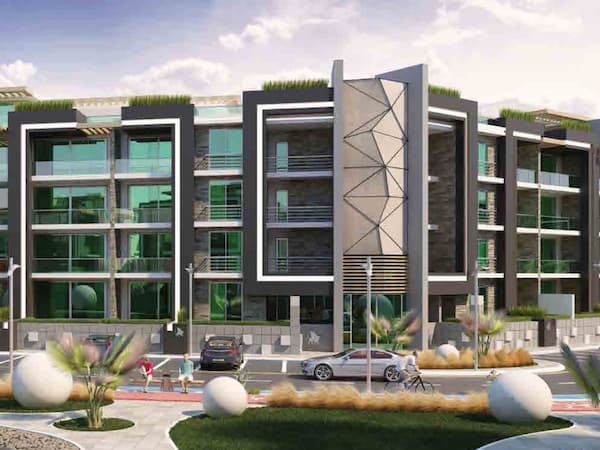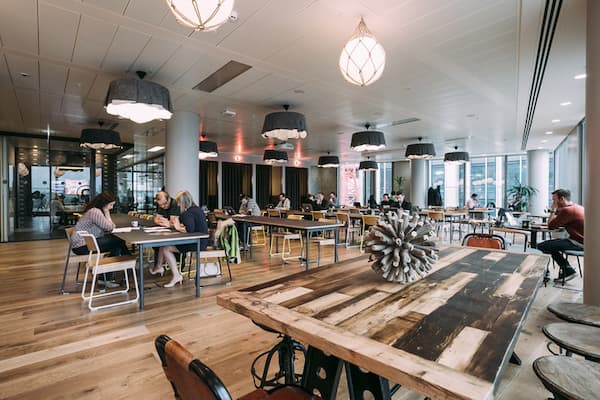Exploring Residential Building Types: From Single-Family Homes to High-Rise Apartments

Residential buildings are a fundamental part of our urban landscape, providing shelter and a sense of place for people around the world. The diversity in residential building types reflects the unique needs, lifestyles, and architectural preferences of individuals and communities. In this article, we will explore various residential building types, from traditional single-family homes to modern high-rise apartments, highlighting their characteristics, advantages, and significance in today's rapidly evolving world.
Single-Family Homes
Single-family homes are perhaps the most recognizable residential building type, and they come in various styles and sizes. These structures typically house one family, providing a private space for homeowners to enjoy. Key characteristics of single-family homes include:
- Privacy: Single-family homes offer a high degree of privacy, with the entire property dedicated to one family or household.
- Yard space: Many single-family homes come with outdoor space, making them suitable for gardening, play areas, and outdoor activities.
- Customization: Homeowners have the freedom to customize their single-family homes to suit their tastes and preferences, from architectural design to interior décor.
- Ownership: Owning a single-family home grants individuals a sense of ownership and stability in their living situation.
Duplexes and Townhouses
Duplexes and townhouses are semi-detached or attached residential buildings that provide an intermediate option between single-family homes and apartments. Key features of duplexes and townhouses include:
- Shared walls: Duplexes share one common wall, while townhouses may share one or two walls with neighboring units, making them more space-efficient.
- Cost-effective: These building types often offer a more affordable housing solution compared to single-family homes.
- Close-knit communities: Living in close proximity to neighbors can foster a sense of community and shared responsibility.
- Amenities: Some townhouse communities offer shared amenities such as pools, gyms, or common areas.
Apartments
Apartments are multi-unit residential buildings that can range from low-rise to high-rise structures. They offer a variety of housing options to suit different lifestyles. Key characteristics of apartments include:
- Density: Apartments are a space-efficient way to accommodate a large number of people within urban areas, contributing to reduced sprawl and more efficient land use.
- Shared amenities: Many apartment complexes offer amenities like fitness centers, swimming pools, and communal spaces for residents to enjoy.
- Urban living: Apartments are often located in the heart of cities, providing convenient access to jobs, services, and cultural attractions.
- Maintenance: Building maintenance and repairs are typically handled by property management, reducing the responsibilities of individual residents.
Condominiums (Condos)
Condominiums, or condos, are a hybrid between apartments and single-family homes. They are individual units within a larger residential complex and offer a unique set of advantages:
- Ownership and investment: Condo owners have the opportunity to build equity in their units and may benefit from property value appreciation.It is a good opportunity for real estate inverstment.
- Amenities: Many condominiums offer upscale amenities like concierge services, rooftop gardens, and security features.
- Low maintenance: Condo associations often take care of exterior maintenance, making them a low-maintenance housing option.
Co-Housing and Co-Living Spaces

Co-housing and co-living spaces are innovative residential models designed to promote community and resource sharing:
- Shared living: Residents in co-housing and co-living spaces share common areas and may collaborate on tasks like cooking and cleaning.
- Sustainability: These models often emphasize sustainability and resource efficiency, reducing the ecological footprint of residents.
- Community engagement: Living in close-knit communities encourages social interaction, support networks, and a sense of belonging.
Residential buildings come in various types, each catering to different needs and preferences. Whether you crave the privacy of a single-family home, the convenience of apartment living, or the community-oriented lifestyle of co-housing, there's a residential building type to suit your lifestyle. As urban landscapes evolve and housing needs change, these building types will continue to adapt and provide diverse housing solutions for people all over the world.
